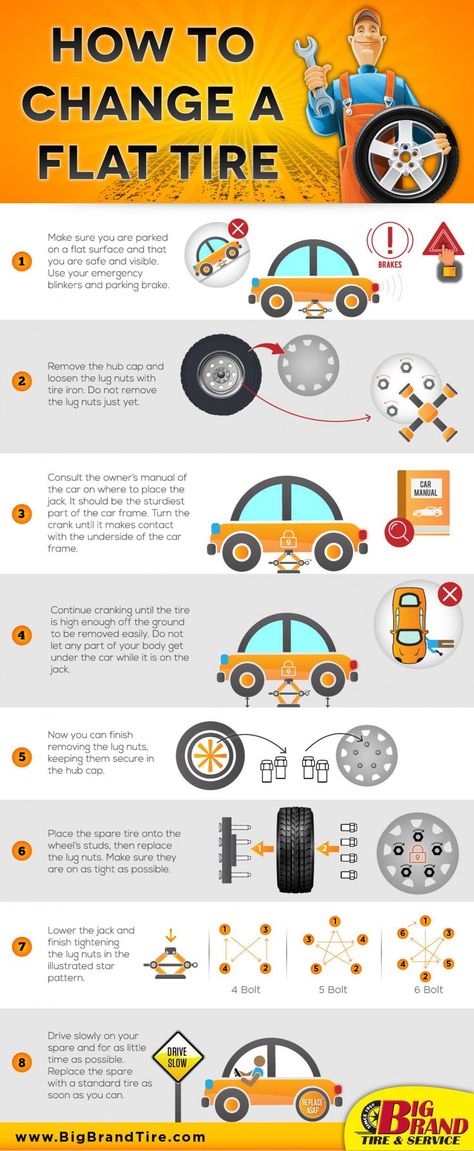Having a stuck wheel on your car can be really frustrating, especially when you got a flat tire by the side of the road. Here are a few tips on how to remove a stuck wheel easily
You have a flat tire, and you jack up the wheel, but it refuses to come off. What could have happened?
Changing a wheel should not be this hard, but a wheel can get stuck due to rust accumulation. This corrosion appears in the area between the wheel and the hub.
This makes it hard to remove the wheel because it feels permanently welded to the hub.
If you are changing the wheel alone and there is no one to give you that necessary muscle, consider some of the following tire removal tips.
Table of Contents
1
If you leave your car in an area exposed to snow and road salt, then these elements can get into your aluminum alloy rims and into the hub, where they cause corrosion. These corrosive elements tightly glue your wheel to the hub, making it almost impossible to replace a worn-out tire.
It is not only aluminum wheels with this problem but also steel wheels, which can happen in any climate conditions after some time.
We recommend purchasing some synthetic grease to apply to the wheel hub and rim to prevent this problem from happening. Do this the moment you purchase a new car or during the first wheel replacement.
So let’s find out the best methods of removing a stuck wheel.
RELATED: What is Cross-Threading a Wheel Nut/Stud?
Here are a few tips from me which I’m usually using myself to remove stuck wheels. Remember always to use safety equipment and get help from a professional mechanic if you are not sure about how to do it. Follow these steps to remove a stuck wheel:
Total Time: 10 minutes
If you are near a service station or a garage, you can use this simple trick to remove a wheel stuck on your car.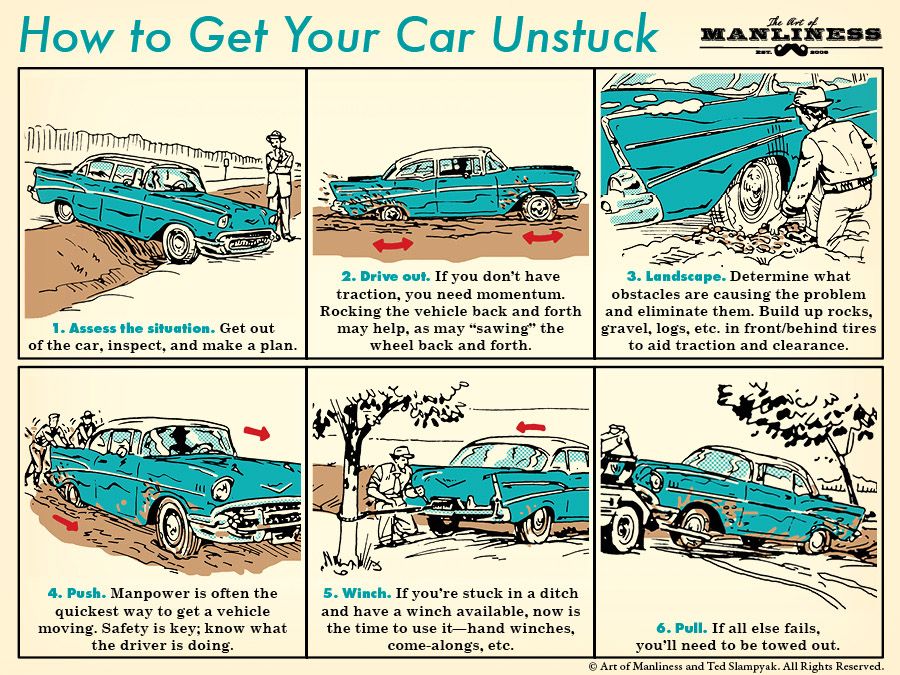 Loosen the wheel nuts but do not remove them altogether. Lower the car and drive a few feet forward and backward. Repeat this process on level ground. Jack up the car and remove the nuts.
Loosen the wheel nuts but do not remove them altogether. Lower the car and drive a few feet forward and backward. Repeat this process on level ground. Jack up the car and remove the nuts.
The wheel should have loosened, and you should now be able to remove it. Ensure that when driving the car, that the nuts are not so loose that they fall off and drive super slowly, not to risk any accidents.
If you have aluminum alloys or steel wheels, then the likelihood of rust/corrosion developing on the hub is high. You can use a rust removal lubricant to loosen the wheel. In the procedure, first, remove the wheel cap and spray the wheel studs. You can use lubricants like PB Blazer or Liquid Wrench.
After spraying the studs, do the same in the area where the wheel intersects with the central hub. Give the spray around 15 minutes, and then try to get the wheel loose again by giving it a slight punch or kick.
After jacking up the car, remove all wheel bolts or nuts except one.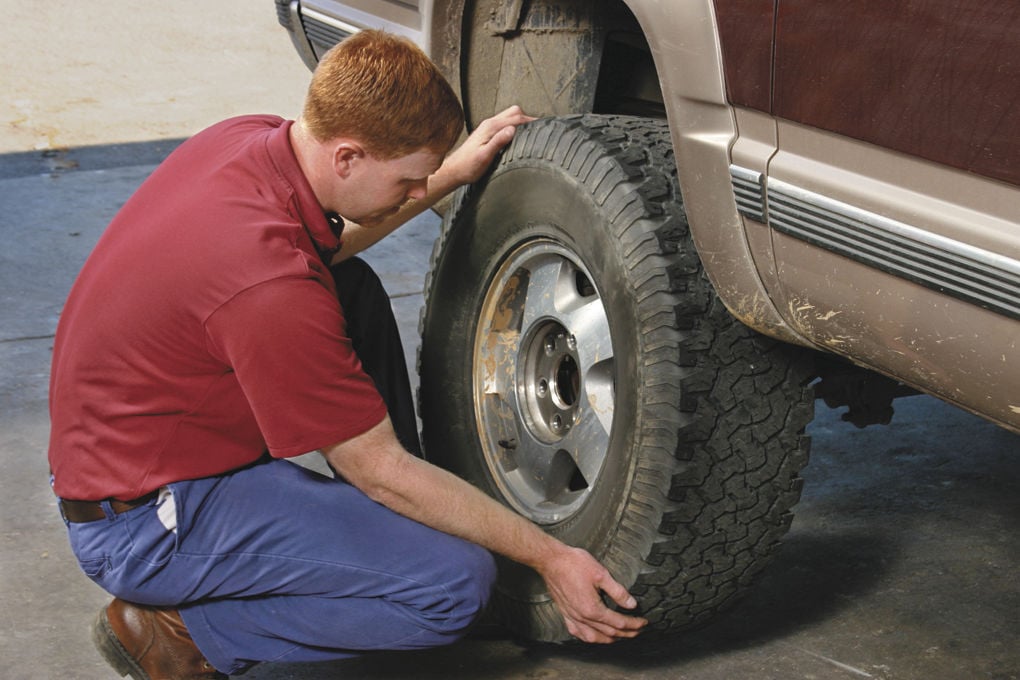 Use your foot to hit the tire while it is off the ground. Check that your car is standing on the jack stands safely. Rotate the wheel and hit it with a kick again. With continuous effort, the wheel should separate from the hub, and you can then comfortably remove it after unscrewing the last bolt.
Use your foot to hit the tire while it is off the ground. Check that your car is standing on the jack stands safely. Rotate the wheel and hit it with a kick again. With continuous effort, the wheel should separate from the hub, and you can then comfortably remove it after unscrewing the last bolt.
This method of removing a wheel stuck on the car is better than using a hammer to hit the stuck wheel. The force from a hammer will destroy the wheel rim and bolts. Once you have removed your tire, use some sandpaper to remove any rust on the hub. The next time you re-install the wheel, apply some anti-seize.
While this technique is not safe, you can try it out when you have run out of options with a wheel stuck on the car. The first stage is to jack up the car. Before proceeding, ensure that the car is secure on the jack stands. Find lumber measuring 2X4 inches and place it in the space between wheel and tire.
Identify a heavy-duty hammer and then get under the car.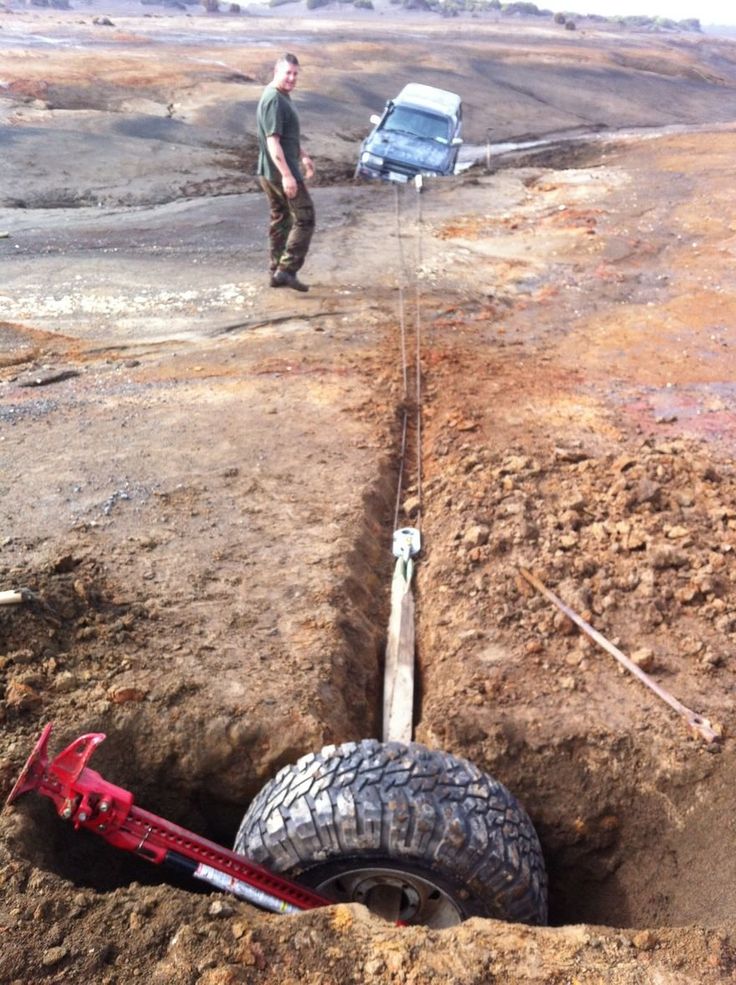 Place the lumber across the wheel and tire and use your hammer to hit the lumber. This will free up the wheel and enable you to remove it from the hub carefully. You need to note this method can be dangerous because you are under the car. If your jack stands fail, the car will collapse on you, causing instant death. You also need to be beefy to operate the hammer.
Place the lumber across the wheel and tire and use your hammer to hit the lumber. This will free up the wheel and enable you to remove it from the hub carefully. You need to note this method can be dangerous because you are under the car. If your jack stands fail, the car will collapse on you, causing instant death. You also need to be beefy to operate the hammer.
This is the method I’m using myself and has solved this problem thousands of times. Spray some lubricant around the wheel hub and bolts if possible. Then place some protection on the rim at the point where you put the crowbar.
Get a long crowbar and put it between the rim and wheel spindle or control arm, depending on where you can find a good location. Check the image above.
You need to be a little bit careful with this technique, though it may damage the rim. However, it is a super-effective method that works every time.
If you have tried all the techniques mentioned above and your wheel is still stuck, you may be forced to take it to a tire service station. This is better than hitting the wheel with a hammer and destroying your bolts, hub, and rims. Just be honest and tell them that the wheel is stuck before giving you a price for the job.
This is better than hitting the wheel with a hammer and destroying your bolts, hub, and rims. Just be honest and tell them that the wheel is stuck before giving you a price for the job.
Having a wheel stuck on the tire is not a pleasant affair – especially when you are in a hurry. The main cause of a wheel stuck on the tire is when corrosion forms in the area between the rim and hub. This corrosive element acts like strong glue and can cause problems removing the wheel from the hub. There have been various solutions proposed to remove the tire, each with its set of pros and cons.
The easiest technique to remove a stuck tire is to find a lubricant and spray it into the spaces in the rim against the hub.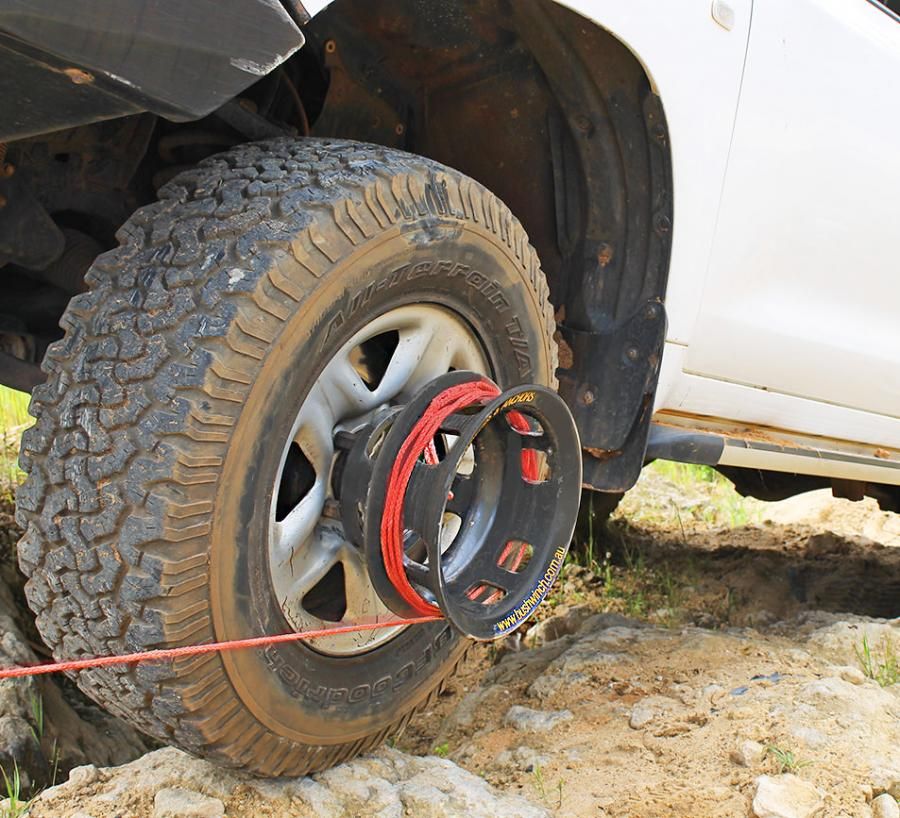 This lubricant is effective in dissolving the rust formed.
This lubricant is effective in dissolving the rust formed.
You can also jack up the car and leave one bolt on the wheel. Use your leg to hit the wheel until it comes loose. Some people use a heavy hammer or torch to dislodge a stuck tire, but this can cause damage to the rims. It also requires some muscle.
Learn more:
Categories: Tires, Guides
1A Auto Team 1A Auto Blog Home
If the tire won’t come off after the lug nuts have been removed, there are a few steps you can take to get the wheel off. This post and video reviews how to remove a stuck tire yourself with a few simple tools and how to keep this problem from reoccurring.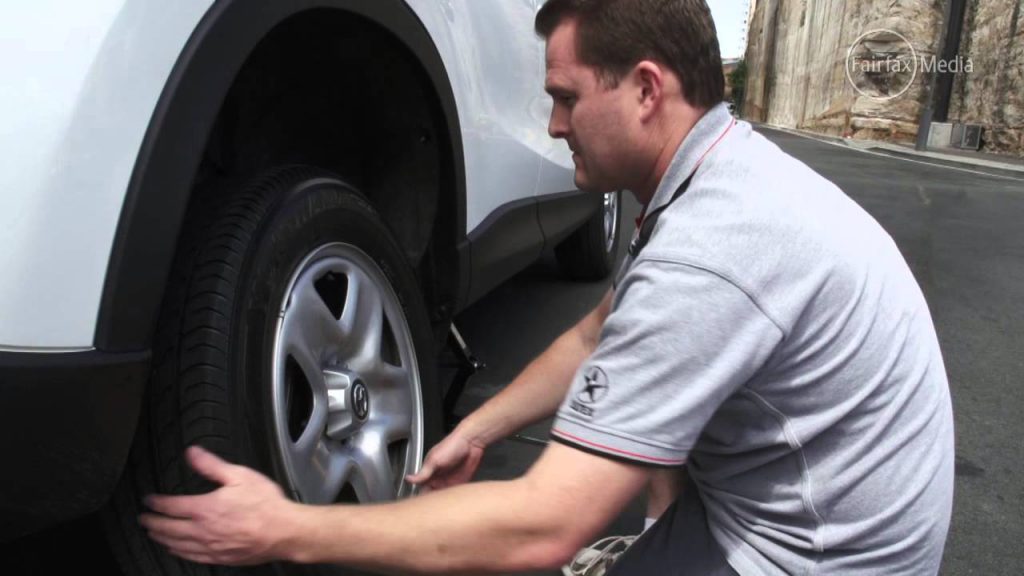
In these examples the tire has an aluminum rim and corrosion is sealing the wheel to the brake disc.
4 Different Methods to Remove a Stuck Tire
With the vehicle well supported, tighten one lug nut and pull the tire off. The lug nut may prevent the tire from pulling off unexpectedly.
See this in the video above at 0:24.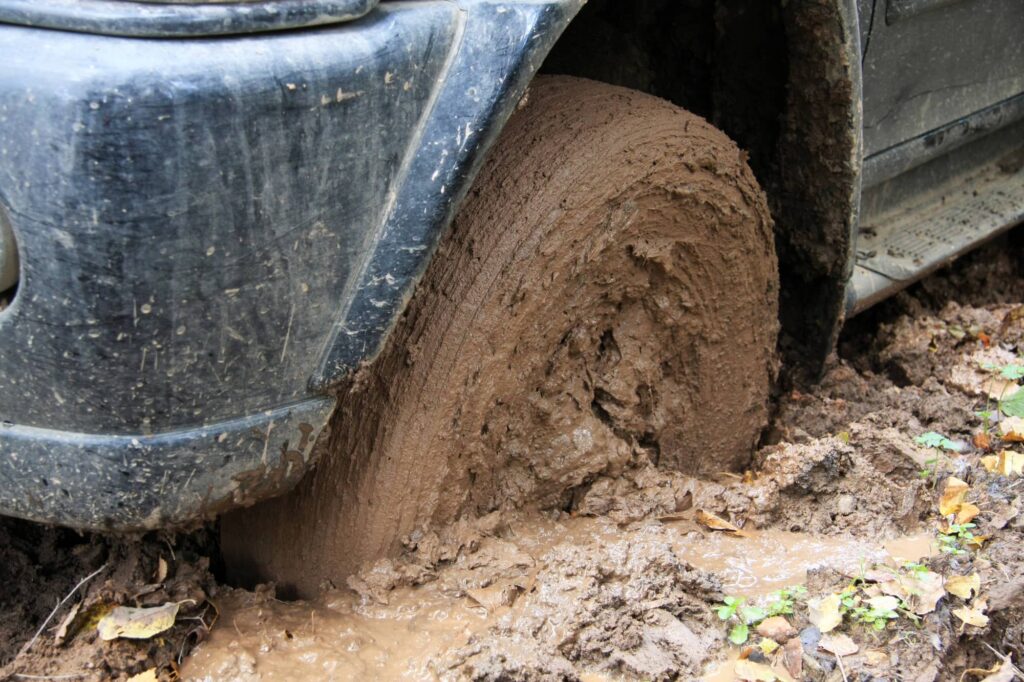
If the above method does not work and the tire is still stuck, tighten the lug nuts on loosely by hand and lower the car to the ground. Lowering the vehicle and putting weight back on the wheel might pop it loose.
See this in the video above at 0:39.
At this point, if the tire doesn’t loosen, shake the vehicle from side-to-side.
See this in the video above at 0:59.
If the above methods don’t work, place a long pry bar to the back of the rim and try to jostle it free without hitting any brake lines or other parts.
See this in the video above at 1:26.
Once the wheel moves and breaks free, remove the remaining lug nuts and remove the wheel.
To prevent a tire from sticking, apply a dab of anti-seize compound and lightly coat the back of the rim. Spread and remove the compound with a paper towel.
Spread and remove the compound with a paper towel.
If you do not have anti-seize compound, dip a paper towl into the motor oil and apply a thin coat to the back of the rim with the paper towel. Don’t apply too much so motor oil doesn’t leak onto the brakes.
Once the back of the wheel is coated, put the wheel in place.
Summary
(
Updated:
27/07/2020
)
Contents of article
The right technology and the right detergents can help get rid of brake dust and gravel stuck in the tread, improving the safety of the car, driver and passengers.
How to wash tires we will tell in this article.
To clean the wheels from dirt, dust and oil residues, you will have to act according to the following plan:
 The wheel should not be treated with the same napkin as the car body. Traces of solvent or oil will stain the cleaned rubber.
The wheel should not be treated with the same napkin as the car body. Traces of solvent or oil will stain the cleaned rubber. In the final, the wheel is applied with a protector that protects the tires from the harmful effects of ultraviolet radiation.
To clean dried-on dirt from rims and wheels, you will need a machine that generates high-pressure water. Such installations are produced by American and European companies, so they are quite expensive, but they can be replaced with an ordinary hose and a special nozzle that accelerates the water jet to a pressure sufficient to clean the car.
To remove residual dirt, you will need a medium-hard bristle brush and a cleaning solution that is used to treat wheels and rims. This solution can be prepared from household chemicals found in the kitchen or bathroom, or bought at an automotive store. Moreover, store products are divided into universal foam cleaners and solutions based on weak acids, which can only process car rims.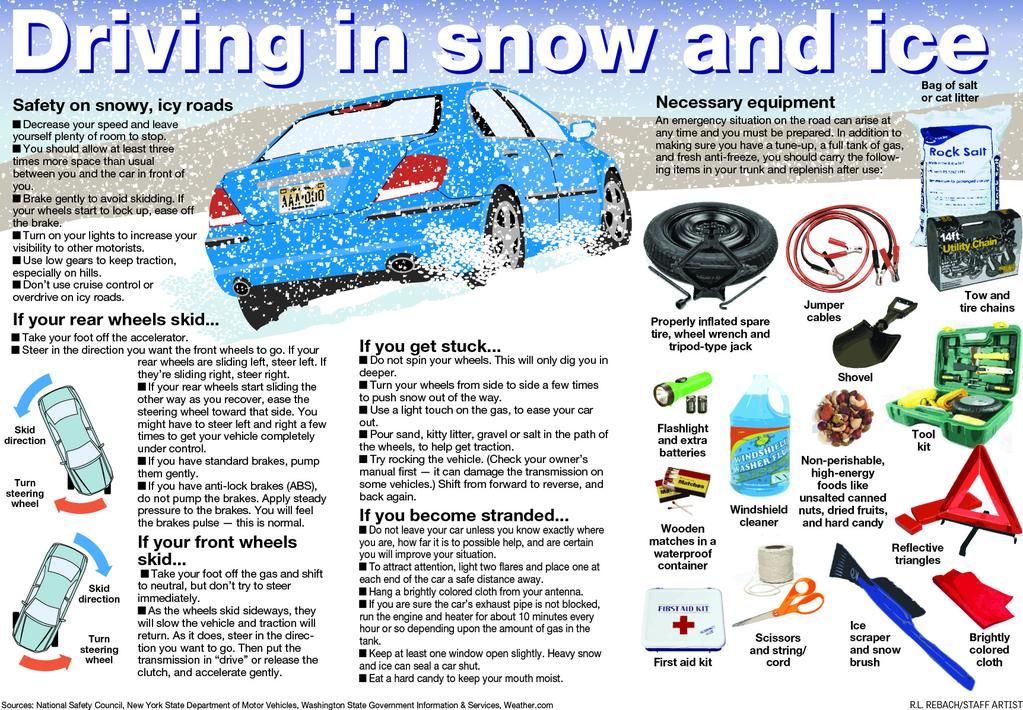 By the way, if you don’t know how to wipe rubber off a car, try this solution.
By the way, if you don’t know how to wipe rubber off a car, try this solution.
To wash the wheels of cleaning products, you need the same high-pressure apparatus or a hose with a nozzle. But as a napkin that will wipe off the remaining water, you need to use only clean microfiber from the package.
Summer Drive Protection Sound Comfort
Rating:
4.5
Tires Goodyear Eagle F1 Asymmetric 3 SUV
Summer Drive protection
Rating:
4.5
Tires Goodyear Eagle Sport TZ
Summer Drive protection
Rating:
4. 5
5
Tires Goodyear EfficientGrip 2 SUV
Summer Drive Protection Run On Flat
Rating:
4.5
Tires Goodyear EfficientGrip Performance
Winter Drive protection
Tires Goodyear UltraGrip Arctic 2 SUV
Winter Drive Protection Sound Comfort
Rating:
4.5
Tires Goodyear UltraGrip Ice 2
Winter Drive Protection Sound Comfort
Rating:
4. 5
5
Tires Goodyear UltraGrip Ice SUV
Winter Drive protection
Tires Goodyear UltraGrip Performance+ SUV
All season Drive protection
Rating:
5
Tires Goodyear Vector 4Seasons Gen-3 SUV
Summer Drive Protection Run On Flat
Rating:
4
Tires Goodyear Wrangler HP All Weather
All season Drive protection
Rating:
4.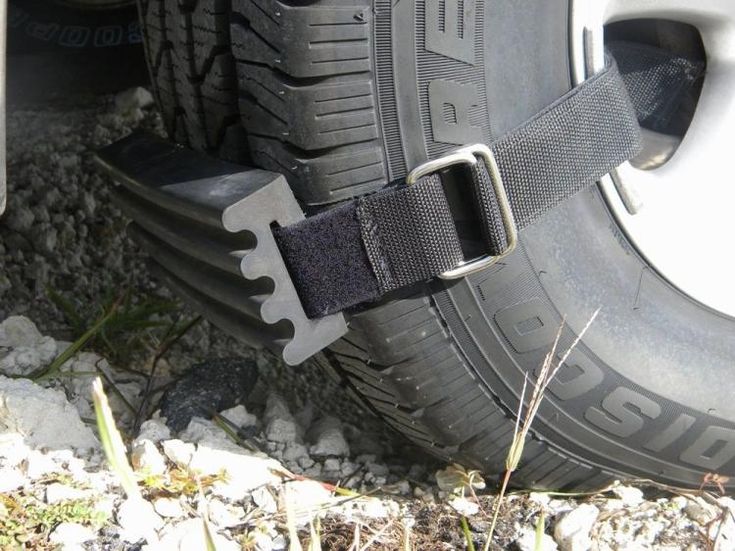 5
5
Tires Goodyear Vector 4Seasons
Summer
Rating:
4.5
Tires Goodyear Wrangler All-Terrain Adventure with Kevlar
Summer Drive protection
Rating:
4.5
Tires Goodyear EfficientGrip SUV
Summer Drive Protection Run On Flat
Rating:
4
Tires Goodyear Eagle F1 Asymmetric SUV
To prepare a solution that can clean dirt from tires, dilute in a small amount of water to half a standard bottle of dishwashing detergent. Pour the resulting concentrate into a container into which it is convenient to dip a car brush. Thanks to the abundance of surfactants found in dish detergent, a homemade solution will clean tires as well as a factory cleaner.
Pour the resulting concentrate into a container into which it is convenient to dip a car brush. Thanks to the abundance of surfactants found in dish detergent, a homemade solution will clean tires as well as a factory cleaner.
Rules for the use of home remedies that can clean wheels are similar to the recommendations of manufacturers of commercial drugs. Before treating tires and rims with home remedies, make sure you wash the tires. Otherwise, brake dust and gravel residues will turn into abrasive particles that can scratch the tread when you scrub it off dirt with a brush or sponge. Do not try to clean the wheel with an old cloth that has been used to clean the engine compartment or bodywork - it will stain the wheel with oil or gasoline.
Find Goodyear Tires for Your Vehicle
Swinging
If your car is slipping in a small, self-made pothole, it's worth trying to roll out this depression by moving back and forth.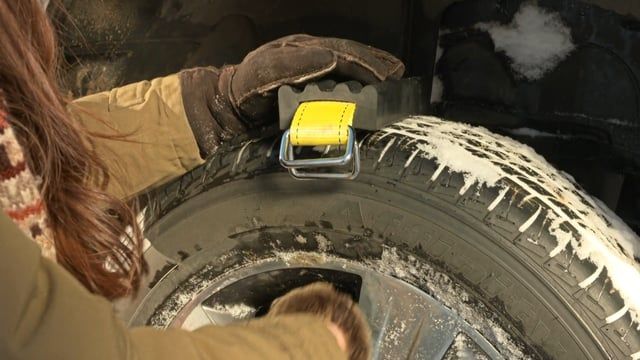 The end points of the movement should be strengthened with branches and stones.
The end points of the movement should be strengthened with branches and stones.
Jack
If you cannot get out of the mud captivity by swinging, you can use the jack. Having raised the body from the side of the drive wheels, simply fill the holes under the drive wheels with stones, boards and other hard objects that are at hand. Remember that the jack should be installed on a hard surface, for which you should use boards or bricks.
Shovel
With the help of a shovel, without which, as you know, not a single serious jeep goes off-road, you can clear the road in front of the driving wheels or, alternatively, form a new one. There would be time and desire to dig.
Increasing traction
If you sit on your belly in a mud rut or dig in the sand, you should increase the grip of the drive wheels with the road surface. Stones, branches, cartons and any debris that can be found nearby are suitable for this.
If this is in short supply, use car mats.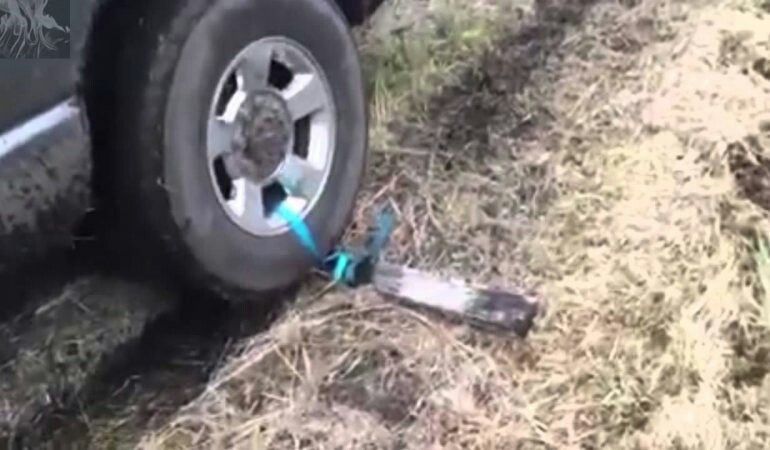 We throw them under the drive wheels and, smoothly adding gas, we leave the mud trap. If you often practice country trips, then it makes sense to also keep the so-called tracks in the trunk - plastic tracks that look like caterpillars - a very, very effective basis for freeing your car from the mud.
We throw them under the drive wheels and, smoothly adding gas, we leave the mud trap. If you often practice country trips, then it makes sense to also keep the so-called tracks in the trunk - plastic tracks that look like caterpillars - a very, very effective basis for freeing your car from the mud.
Lowering the tires
Lowering the tire pressure to about 1 bar is a very effective way to deal with difficult terrain. Remember to inflate all four tires regardless of your vehicle's drivetrain.
After this procedure, the rubber contact patch will increase significantly, and the number of lugs that interact with the coating will increase. The driven wheels, in turn, will fail less, which will reduce the resistance to movement. It is clear that to use this method, you should carry a pump with you in the car.
Grousers
Experienced backcountry drivers carry special snow chains with them for added traction. However, in the absence of chains, you can find a replacement for them.
As an option, lengths of cable or thick ropes (climbing ropes are best) can be tied across the tire, passing them between the spokes of the rim. Another useful device for such a scenario is special plastic ties - special strong clamps with lugs, which should also be kept ready when leaving for a country road.
Sling and tree
If you have a big tree growing in your immediate vicinity, you're in luck. Again, a towing cable, a strong rope or a sling will come to the rescue. We attach one end of the rope to a tree, wrap the other end around the drive wheel (working option if your car is front- or all-wheel drive) and smoothly press on the gas. The sling will begin to wind around the wheel, and the car will start to move.
There is also an alternative - we wrap the tow rope around the trunk (as an option, around a thick log or scrap driven into the ground), and fasten both ends of the rope to the car's towing loop.
Then take a shovel shaft or pry bar, insert it between the cable bands and start twisting them with this lever.